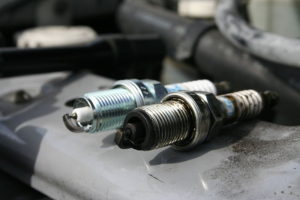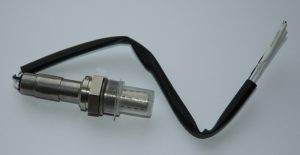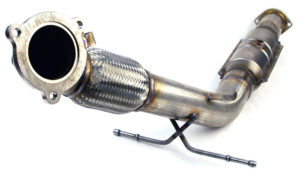
Getting a flat tire on the road isn’t something you planned; however, you can solve the problem with a simple fix. With a couple of tools and a little bit of car knowledge, you can be back on the road in no time. From finding a safe location to change your tire to jacking up the car, we have organized a list of what to do when you need to change a flat tire.
1) Park in a Safe Place
Whether you are on the side of the freeway or in a shopping center, try to park away from any traffic if you can. Make sure your hazard lights are on, letting the cars around you know you are stopped. Once you have found a safe location, observe your surroundings to find a flat surface. A flat surface allows the jack to sit evenly. Also, apply the parking brake to ensure you don’t roll.
2) Remove the Hubcap and Loosen the Lug Nuts
If your vehicle has a hubcap covering the lug nuts, it’s easier to remove the hubcap before lifting the vehicle with the jack. If your lug nuts are exposed, you can skip this step. After removing the hubcap, loosen the lug nuts, but don’t remove them completely. Use as much force as necessary.
3) Place the Jack and Raise the Vehicle to Remove Flat
To replace your tire, you are going to need a jack to raise the vehicle off the ground. You can find one located in the truck in your car. Refer to the owner’s manual to find where the jack is needs to be positioned. Next, crank the vehicle at least 6 inches on the ground and start removing the lug nuts. Once removed, carefully remove the flat tire.
4) Position Spare Tire and Tighten Lug Nuts

Mount the spare tire and align it with the lug nut bolts. Next, place the lug nuts on the bolts and tighten until they are secure. Now, you can finally lower your jack and place the hubcap back on. Place your equipment and flat tire back in your car.
Conclusion
The final recommended step is taking your car to the nearest auto shop, such as Mike’s Brake Alignment Shop. We are dedicated to your automotive needs, including tire services, repairs, and more. Call 817-834-2725 to schedule an auto service today!







